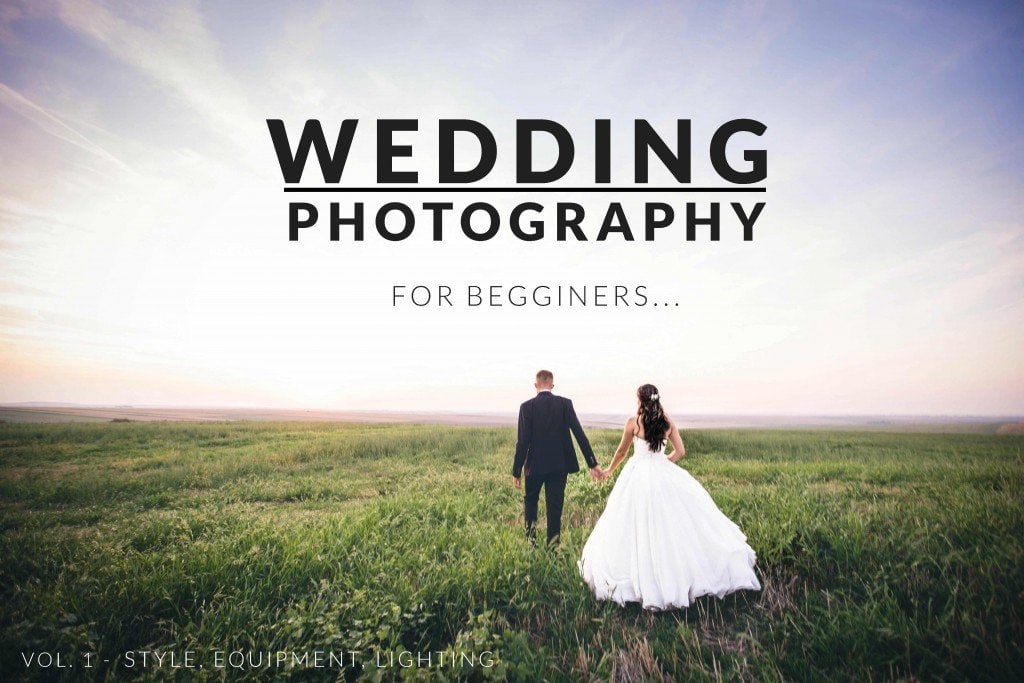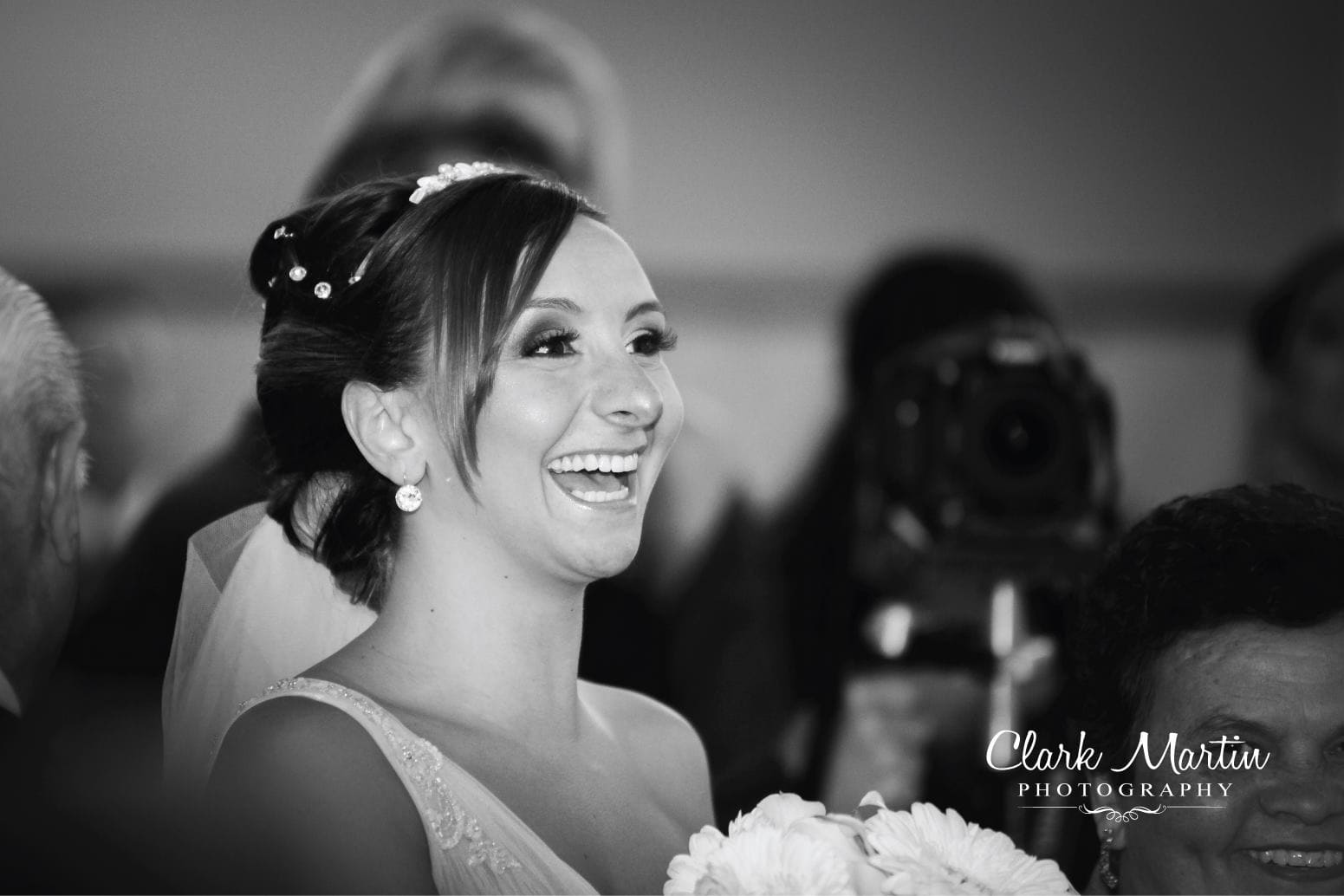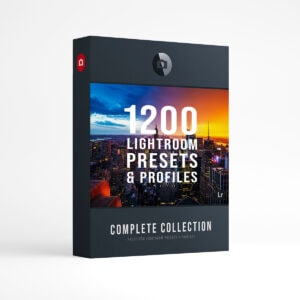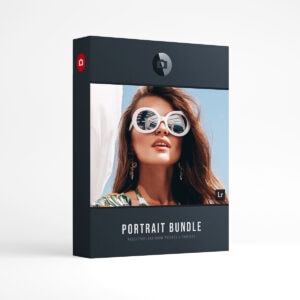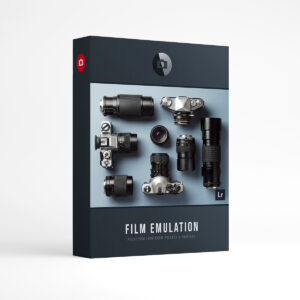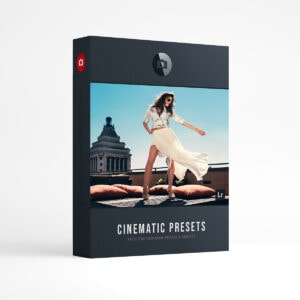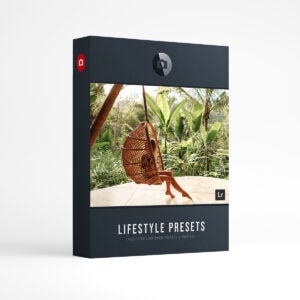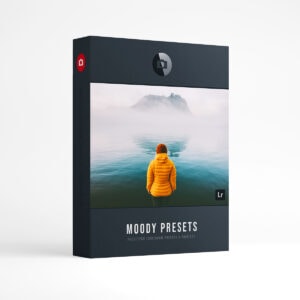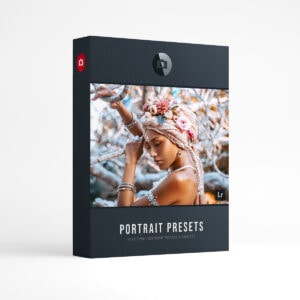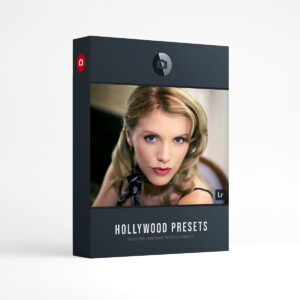Wedding Photography for Beginners – Vol .1
Welcome to Volume 1 of a new series that I’m calling: Wedding Photography for Beginners! In the next few weeks, I’ll be taking you through a number of important topics and giving you insider’s tips and tricks to help make your transition into Professional Wedding Photography as easy as possible. There will be 8 articles in total that will discuss everything from attracting new clients when you’re starting out…to revealing the best kept secrets for capturing breathtaking bridal shots. Interested in reading all the articles but don’t have time to keep coming back to the blog? Subscribe to the Presetpro Weekly Newsletter and get all the articles PLUS Free Lightroom Presets conveniently sent to your inbox each week.
So, you bought a DSLR camera…now what?
If you’re reading this article right now, I’m guessing that you will fall into one of these three broad categories: 1. Photography is your hobby and you would love to make it your full time job. 2. You’ve done some un-paid photography work, maybe portraits or baby pictures for friends and family and you’re thinking about going pro. 3. Or, maybe it’s an idea that’s been dancing around in your head for years and you’re finally ready to start pursuing it. Sound familiar? Either way, people are attracted to this career path for two main reasons: The fun and the freedom that comes along with it. I’ll be honest, shooting a wedding can actually be a lot of fun! Which is something that we don’t usually associate with work. There’s also the freedom that comes with being your own boss and having your own business. You are in charge and it’s exciting to get up and go to work everyday. All in all, wedding photography is an amazing career with loads of opportunity for personal satisfaction.
Now, where do you start? Well my first piece of advice, and probably the most important piece of advice that I will give you today is this: You will need lots and lots of practice before you can confidently take on a wedding on your own. I know that this might be a little disappointing if you’re brand new to photography, but I would be doing you a dis-service if I wasn’t honest about this. The good news is, there are lots of ways for you to get enough photoshoots under your belt to be ready. With enough practice, you will be shooting your own weddings in no time! My first tip is to offer your services to a local photographer as an assistant, or if you feel confident enough, a second shooter. You will learn tons from them including: your responsibilities, timing and the general flow of a wedding. Can’t seem to find a photographer in your area that’s willing to take you on? You can always start with portraits of your friends and family or cover events and festivals in your area. I also suggest that you practice on a dog. As silly as this sounds, they are more likely to move around and make you work for the shot, which is actually a lot closer to what it’s like in real life. A wedding is a big production with lots of moving parts and you will need to feel confident in your abilities so that you can adjust to any situation.
So, you have a few shoots under your belt, maybe you’ve even assisted a local photographer in your area….now what? Below I will discuss three things that you must consider when becoming a professional wedding photographer. (Don’t miss Volume 2 of the series next week for more tips!)
Style
Every professional wedding photographer has their own photography style. They usually switch between a number of different styles depending on what the client wants, but as a general rule, it’s good to be known for one in particular. If you type “wedding photography styles” in Google, you’ll find that everyone has their own ideas about how many styles are out there. In the interest of making things easier for you, I’ve narrowed it down to three common styles:
Photojournalism
This style of wedding photography is known as the documentary style. In true photojournalism, the photographer acts like a fly on the wall, never influencing the situation and hoping to capture the story as it naturally unfolds.
Traditional
This style of wedding photography is known as the more formal approach to shooting. One in which the photographer directs the day and chooses certain backdrops and poses to create a classic, unified look.
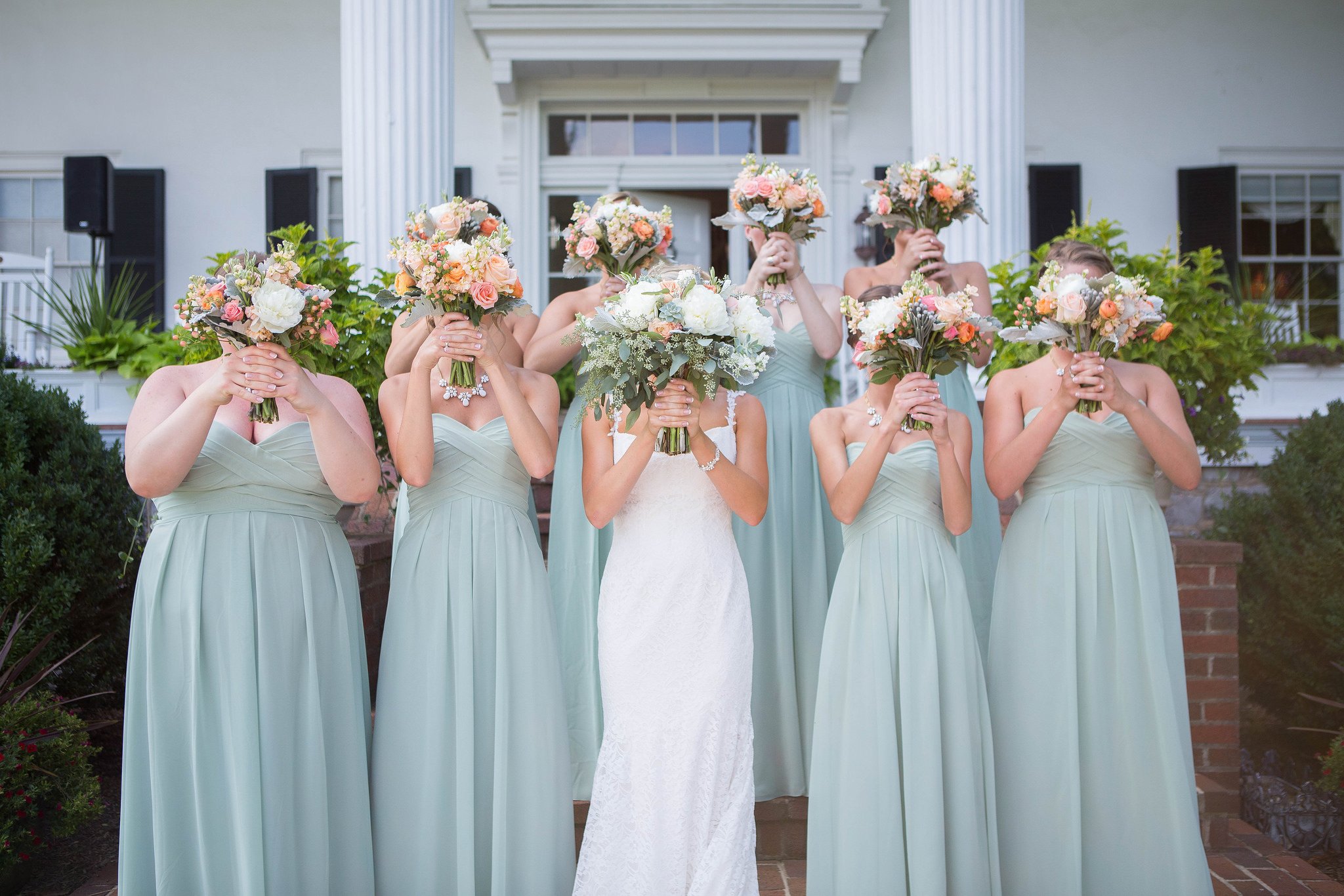
Fine Art/Fashion
This style is characterized by dramatic poses, interesting compositions and usually lots of post processing to give the photos a sleek, commercial look.
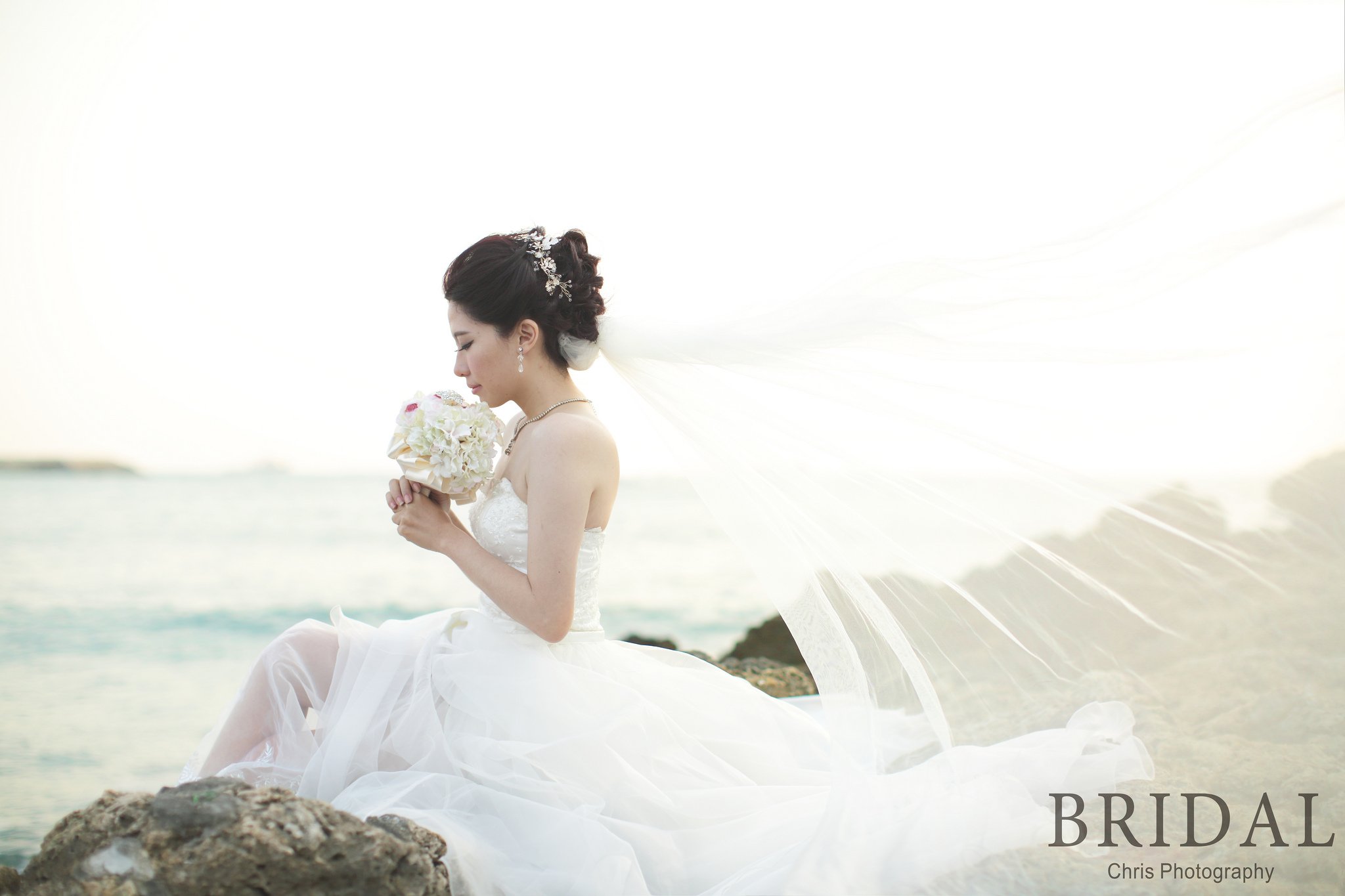
Equipment
Investing in the right equipment is an important part of becoming a professional wedding photographer. We suggest purchasing at least two different lenses that you can switch out throughout the day. A 50 mm lens for detail shots and portraits. And a mid-range lens (ex- 24 -70 mm) that also has zoom capabilities. The more lenses you have, the more variety you will have in your work. You’ll also need at least two back up batteries and as many memory cards as possible. It’s not unusual for wedding photographers to shoot thousands of photos a day. It’s also common for photographers to run out of batteries or memory at exactly the wrong moment, such as the kiss or the first dance. Don’t let it happen to you! It’s always best to shoot in manual, but Aperture Priority (AV) is also acceptable until you get the hang of things. And always shoot in RAW. Trust me, you will thank me later when you start the editing process. And finally….lighting…
Lighting
Lighting is the most important aspect of any type of photography and weddings photography is no different. Because weddings are usually held at multiple locations and can take place from morning to night, you’ll need to be prepared to shoot in any type of light. My general rule is this: Natural light, when possible, is always more preferable than artificial. “But what if there isn’t enough natural light?” you ask? Well, this is where speedlights and monolights come in. Speed lights are detachable flashes that sit on top of your camera and provide extra light on your subject. They work best when paired with a diffuser and when the light is bounced off the wall and back onto your subject. MonoLights are off camera lights that are held up by stands and add the right amount of illumination to the room. There are lots of accessories that you can purchase for monolights, such as umbrellas and a variety of soft boxes. I suggest that you visit a camera store and ask an associate to let you try out a variety of different lights and see what works best for you and your budget.
The important thing to remember is that every wedding photographer started out exactly where you are right now. You can do this! With some practice, a go-to photography style and the right equipment, you’ll be on your way to becoming a professional in no time. Don’t miss Volume 2 of the series where we will discuss: Booking clients and the wedding photography check list. Thanks for reading and I’ll see you next week!
Looking for Wedding Lightroom Presets? Checkout the Creative Flow and enjoy over 1000 Lightroom Presets & Creative Brushes: The Creative Flow is the ultimate workflow and premium preset collection by Presetpro. The Creative Flow is your own personal preset “tool box” where you can swap out tone curves, change base settings or easily color tone your image with a few simple clicks. When you purchase the Creative Flow you get all of our premium collections (at a discounted price) plus the Creative Flow workflow and Creative Brushes. Enjoy the power of 1000 + Lightroom presets integrated into one simple and easy to use workflow!

